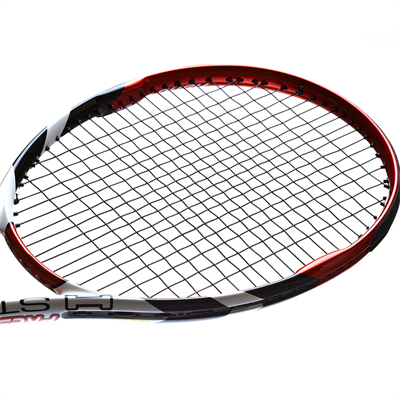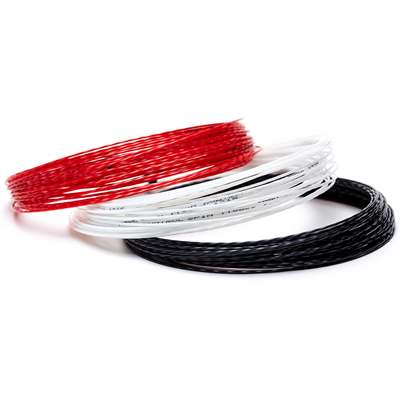In general, a thinner tennis line has a better hitting feel, while a thicker tennis line has better durability.
The size of the tennis line usually refers to the diameter of the cross-section of the line. Its specifications range from 15 (the thickest) to 19 (the thinnest). The half-size tennis line is usually represented by an “L” after the number (15L, 16L, etc.). This is the abbreviation of “light” in English. The thickness of a 15L line is between 15 and 16.
The thinner tennis line can eat the ball deeper. So it means being able to add more spin and control to the ball. But the result of this is that the line is not durable, so it is more suitable for players in front of the net who use force to hit the ball. The thicker tennis line is more durable. Therefore, it is more suitable for bottom-line players who often take the initiative to exert their strength. When choosing a tennis line, you can refer to your own style of play to choose a thicker or thinner tennis line.
Single-core single-layer fiber is the most popular nylon string cross-section structure today. Most “gut-like strings” are single-core single-layer fiber structures. The biggest advantage of this string is that the weight is not easy to decay. And the “crisp” feel of hitting the ball is close to the natural gut string. The texture and thickness of the inner core and outer fibers of nylon will affect the feel and comfort of the tennis line.
The performance of the single-core single-layer fiber tennis string is similar, but the durability and ball eating are better.






















